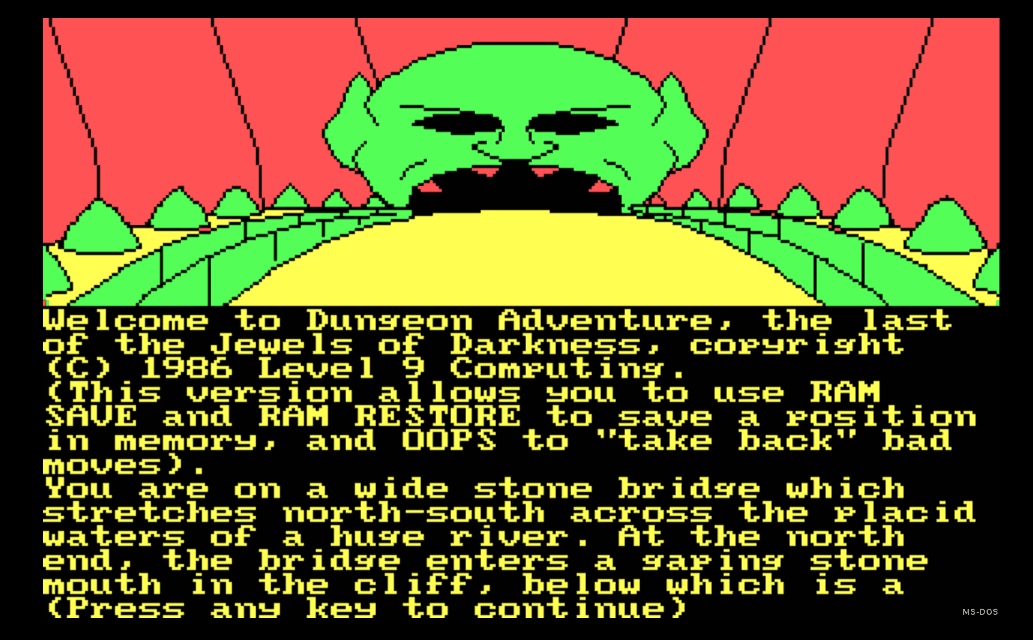Mobile apps using ‘metaverse’ in their description surge fivefold in 3 months
Various mobile application developers are increasingly aligning their products with the growing metaverse concept after Facebook popularized the term following the company’s rebranding to Meta. Although metaverse is a work in progress, several appsol are associating with the concept in their descriptions.
Data presented by Burga indicates that between November 2021 and January 2022, a monthly average of 28 mobile applications added metaverse to their description, a fivefold growth or 460% spike from the five average recorded between June 2021 and October 2021. The highest number was registered in December 2021 at 30.
Elsewhere, games with 107 applications lead in the number of app categories referencing the ‘metaverse’ keyword. Finance ranks second at 101, followed by social at 70. In the tenth slot, there is education with 11 apps. Data on mobile apps referencing metaverse is provided by mobile intelligence platform Sensor Tower.

Why app developers are focusing on metaverse
Mobile phone applications adding metaverse to their description were seemingly triggered by Facebook’s rebranding to Meta in October 2021. Most companies and applications have followed suit after the social media giant also announced that it plans to invest heavily in the metaverse. The apps are aligned with the metaverse even as players in the sector explore industry standards.
Generally, the metaverse concept is a network of virtual worlds focused on social connection as a hypothetical iteration of the Internet as a single, universal virtual world supported by virtual and augmented reality headsets.
Although the metaverse is still gaining ground, app developers are using the concept as a critical marketing tool as different sectors await the actual technical requirements for the metaverse to emerge. It can be argued that the applications are working towards having an edge once the technology’s full potential is realized.
A significant share of the metaverse will likely be enabled by apps, which explains developers’ decision to associate with the virtual concept. Notably, apps in the metaverse are touted to potentially harness the most critical features of smartphones, wearables, headsets, and IoT.
Furthermore, virtual interactions offer enticing financial opportunities for businesses and could potentially open new revenue streams for companies diving into this new venture. At this point, with the shift towards a digital life, the opportunities offered by the metaverse are limitless.
Why gaming apps are leading the metaverse
It is no surprise that the gaming apps are leading in adding metaverse to their description. Notably, games have long been associated with VR and AR technology which is at the core of the metaverse. Game engines are likely to be foundational technologies and a critical building block for creating virtual world applications.
In this line, some of the big players in the tech space led by Microsoft are increasing their involvement in the metaverse. According to the company, the metaverse is all about creating games, a key driver for its acquisition of video game company Activision Blizzard. Additionally, gaming platform Roblox has long been viewed as the metaverse frontrunner.
Besides games, the metaverse is also expected to have several implications for different industries. Metaverse technologies have found practical applications among sectors like finance. For instance, VR and AR can be deployed in finance in data visualization, which can aid in analyzing financial risks providing more precise services to customers.
Although app developers are getting ready for metaverse, realizing the concept on a large scale might be extensive. For instance, access to high-speed Internet and the cost of reliable VR hardware remains a challenge.
Additionally, the high scale of interoperability required to build various aspects of the metaverse is yet to be achieved. In this line, tech companies will have to partner with other entities on factors such as metaverse laws. For the Silo, Gytis Gelzinis/BURGA.




